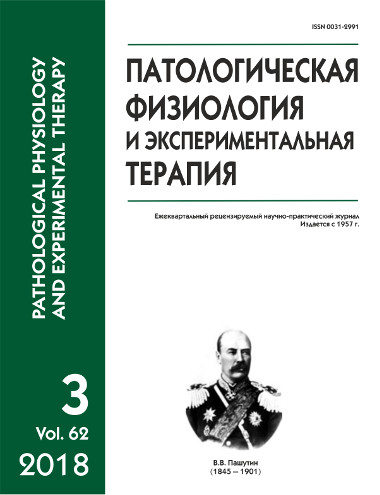The principle of adequate blood supply to tissues: one of postulates in the G.A. Ilizarov`s teaching
Keywords:
adequacy of blood supply, blood flow rate, functional adaptation, treatment of bone fractures, treatment according to Ilizarov
Abstract
The aim of the study was to expand the existing concept on the adequacy of blood supply as an exact correlation of the amount of delivered blood with energy demands of the tissue; to evaluate reserves of functional adaptation of the vasculature for functional stability of organs; and to assess the capability of tissue metabolism for adjusting to potentialities of the microcirculation. Methods. Conduit vessel and capillary blood flow (occlusion plethysmography, Doppler ultrasound, polarography, laser flowmetry) was studied in healthy subjects (n=157) and different groups of patients aged 5—70 years (620) with bone injuries and orthopedic diseases of the lower leg during the treatment according to Ilizarov. Results. Maximum values of blood flow in main limb arteries were not reached at maximum and average values of capillary blood flow, which were different for different groups of patients. With increasing age, the blood flow velocity in femoral blood vessels and middle cerebral artery decreased while the vasculature functional reserve was maintained as evidenced by ischemic or loading tests. Conclusion. The adequacy of blood supply involves not only matching the blood flow velocity to demands of organs but also maintaining the adaptive reserve of vasculature function as well as the age-related limitation of functional capability of the locomotor system when the vascular system function declines.Downloads
Download data is not yet available.
Published
05-10-2018
How to Cite
Schurov V. A. The principle of adequate blood supply to tissues: one of postulates in the G.A. Ilizarov`s teaching // Patologicheskaya Fiziologiya i Eksperimental’naya Terapiya (Pathological physiology and experimental therapy). 2018. VOL. 62. № 3. PP. 44–48.
Issue
Section
Original research






